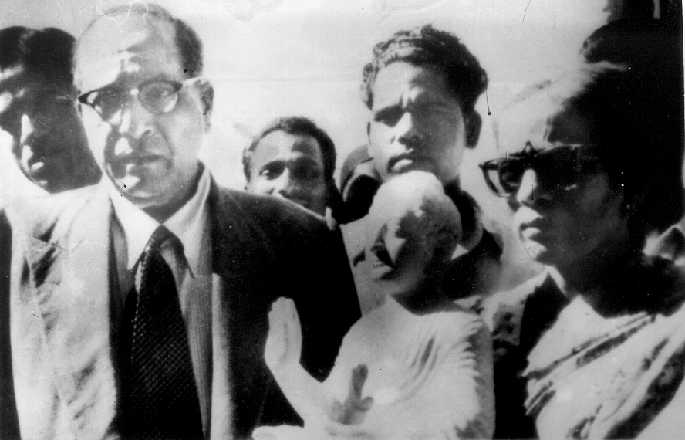
Using Dhamma to study Dhamma – Babasaheb Ambedkar’s approach to Buddhism
There are many Buddhisms in the world. It is classified based on a nation such as Thai Buddhism, Japanese Buddhism, and it can give wide-ranging classifications as X-Buddhism. X can be the name of the country, language, ethnicity, tradition, or even the name of the teacher.
Many Buddhists throughout the world had neither heard about Buddhist approach of Babasaheb Ambedkar nor they appreciate his approach of they have heard of him as they tend to be biased by the X-factor. This will change as more and more will engage with his thoughts and mission.
Babasaheb Ambedkar used Dhamma to understand Dhamma and learn Dhamma. According to Master Yin Shun, the Dhamma can be employed to study and understand the Dhamma. There are three essential realisations or you may like to call them ultimate realities:
1. The realisation of Nibbana
That there exists the ultimate state of mind that is free from suffering.
2. Everything is Impermanent
Nothing remains the same. Everything is in constant Flux.
3. Everything is devoid of independent existence
That nothing can stand on its own but comes into existence depending on the causes and conditions.
Whatever is the classification of Buddhism, these are considered the ultimate Dhamma by all the schools.
In Babasaheb Ambedkar’s approach, the ultimate goal of Buddhism is to attain Nibbana. He functionally defined Nibbana as the realisation of the eightfold path. Traditionally, dukkha is considered as the ultimate realisation, but dukkha cannot be the ultimate truth, the ultimate possibility is the realisation of the end of dukkha which is the state of Nibbana. That is why the approach of Babasaheb Ambedkar is rooted in ending not only personal dukkha but also social, economic and political dukkha. The Dhamma must lead to the ending of stress and conflict.
As everything is Impermanent, the ways to teach the Dhamma are also impermanent and they can change according to time and place. For example, Babasaheb Ambedkar approached the Dhamma through the modern language and modern developments. The Dhamma is like the raft and its purpose is to ferry us over to that shore. That raft can be built with words, symbols, metaphors, ideas and everything that enables communication that leads to higher planes of existence for the humanity.
The Buddha Dhamma as we see in many forms itself is an outcome of the process of conditioned arising due to causes and conditions. The Buddha Dhamma that is useful to the specific conditions of modern India has to grapple with the reality and unless it grapples with those realities, it will not have an appeal. Babasaheb Ambedkar’s approach to Buddha Dhamma is evolved from his engagement with the reality around him and deeper realisation of conditions that create dukkha for people based on the discrimination. He ultimately tied liberation of an individual with the liberation of the community of human beings. The human beings get caught up in particular conditions of the time and place and that is why the Dhamma must work through releasing human beings from the wrong views.
For the discrimination -ridden societies, the approach of Babasaheb Ambedkar is enlightening. In doing so, he restored the lost vision of the Buddha of the human society free from discrimination, free from suffering, and free from ignorance. He tried to chip and chop what was not Buddhism from what accumulated as Buddhism over the long period of intrusion in the Dhamma.
Author – Mangesh Dahiwale



+ There are no comments
Add yours